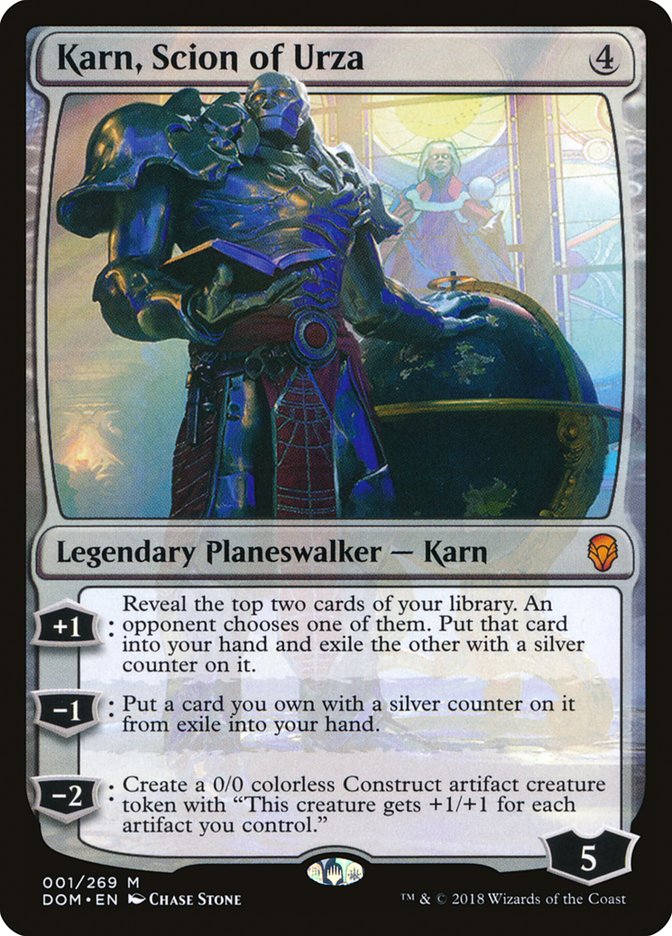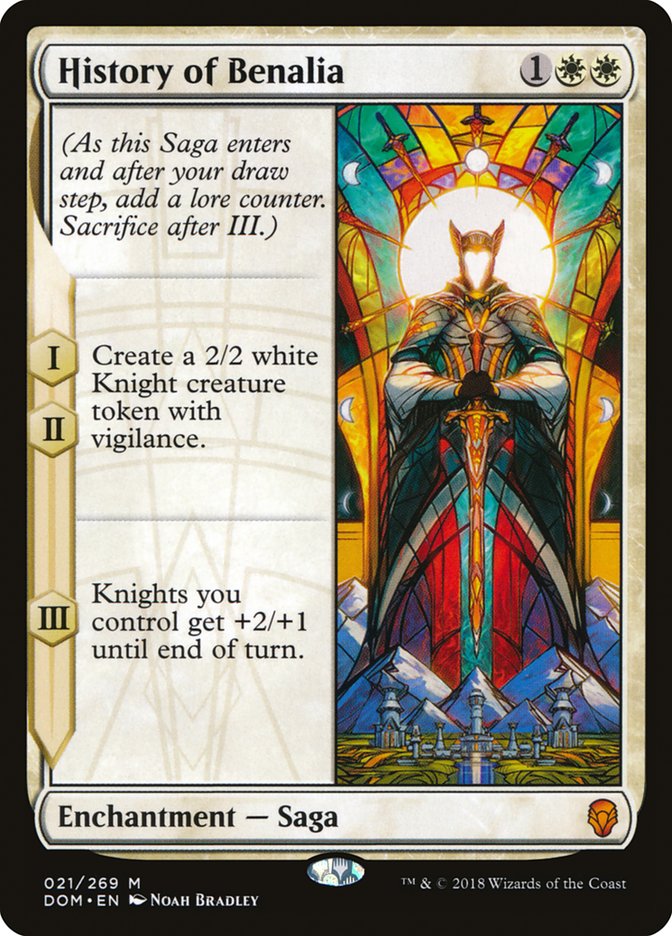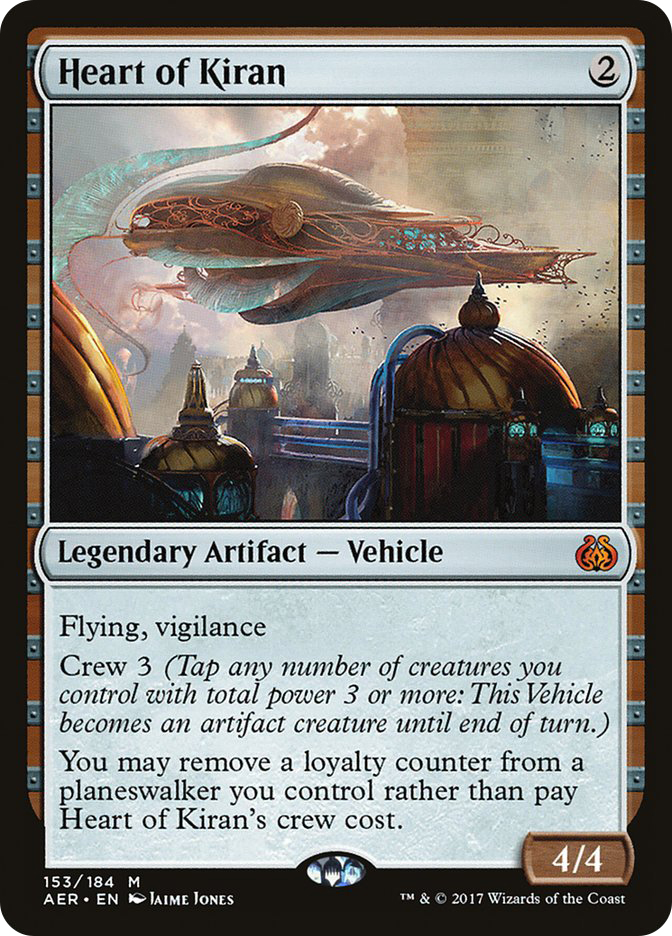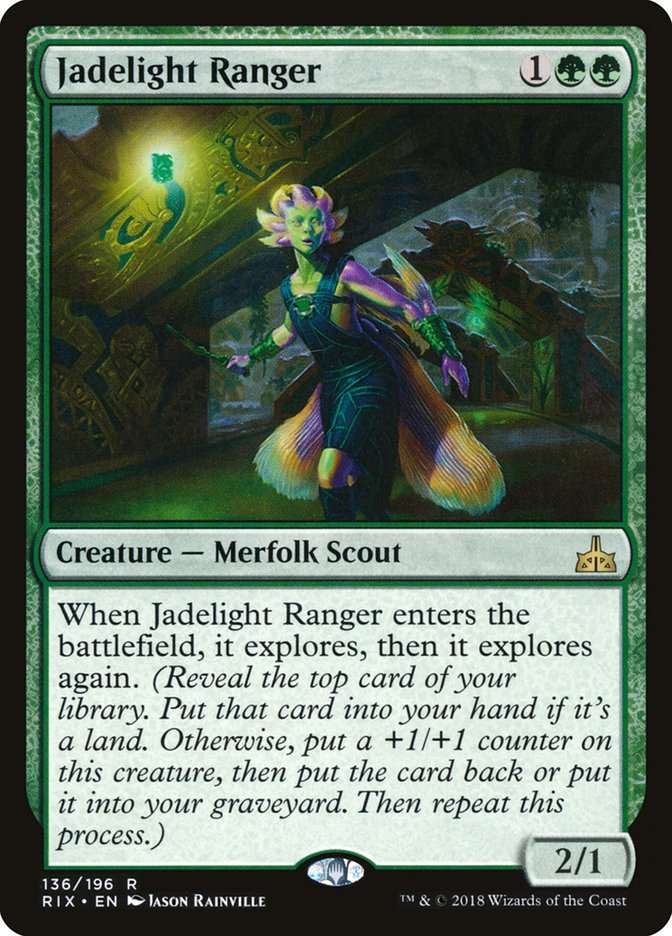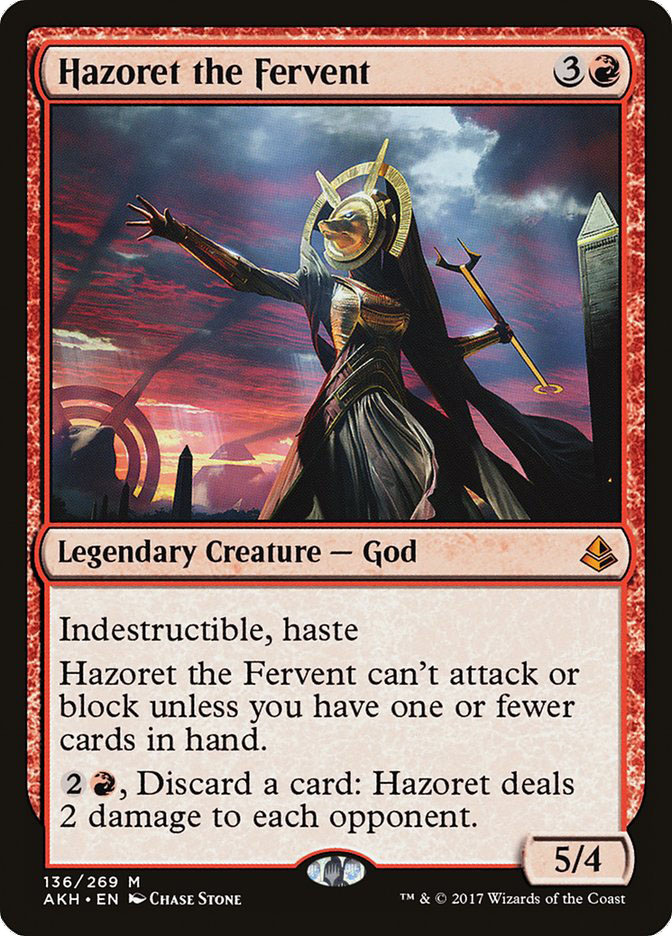[Welcome to another edition of
Fact or Fiction!
Today, Collins Mullen and Matthias Hunt are here to render their
verdicts on five statements about the first two weeks of
Dominaria
Standard. Don’t forget to vote for the winner at the end!]
1. With four copies in the Top 8 of the SCG Baltimore Open and a
victory in the SCG Baltimore Standard Classic, W/B Aggro is the deck to
beat in Standard.
Collins Mullen: Fact.
At least for now. The success of W/B Aggro in Baltimore solidified it as
a very strong option in Standard right now and people are going to take
notice. I wouldn’t be surprised to see it being the most popular archetype
going into the next large Standard event.
But I think it is important to look at what happened to the “deck to beat”
going into SCG Baltimore. U/W Control was the clear winner as the best
performing archetype at SCG Atlanta, but it didn’t perform well at all in
Baltimore the weekend after. This is simply because people were ready for
it and configured their decks to be able to beat Fumigate and Settle the
Wreckage. U/W Control was everywhere during Day 1 of the SCG Baltimore
Open, but almost nowhere to be seen in Day 2.
I wouldn’t be surprised to see people figure out a good strategy against
W/B Aggro and to see it underperform in the coming weeks. Because Standard
has yet to settle into any consistency, the format will be changing week to
week based on what was popular in the previous weeks.
Matthias Hunt: Fiction.
Honestly, this can be answered either way depending on what we mean when
say that something is the “Deck to Beat.” To me, giving a deck that title
is saying that it’s simply doing one of the most powerful things possible
in the format, which means it can run away with tournaments when left
ignored. Storm in Modern is a great example of this. W/B Aggro isn’t that,
but it is a very good week two deck that I expect to stick around.
Our first Team Constructed Open with Dominaria showed us that Red
decks and U/W Control were the decks to beat and W/B Aggro does this
brilliantly. W/B Aggro uses cards like Heart of Kiran and Toolcraft
Exemplar to create enough early pressure that it stands a real chance of
racing a Mono-Red deck, especially when a Fatal Push is mixed in. On top of
that, W/B Aggro does a great job of beating the types of removal we saw in
week one control decks. The threats are either non-creatures, recursive, or
very low to the ground, which strands cards like Essence Scatter. On top of
that, W/B Aggro has a lot of vigilance and even main deck cards with
hexproof from white.
All this made W/B Aggro great at beating the week one control decks, but
will it be enough entering week three? That remains to be seen.
2. As the Standard deck of the winning team at the SCG Baltimore
Open, G/B Constrictor is a tier 1 deck in Standard moving
forward.
Collins Mullen: Fact.
G/B Constrictor may just be the natural predator of W/B Aggro. I was very
impressed with a few builds of G/B Constrictor during SCG Baltimore. They
had a very strong proactive game plan during Game 1, where they could
dominate the battlefield with large creatures, and after sideboard they had
elements to grind through the bigger plans that W/B Aggro could present.
I expect to see a lot more G/B Constrictor decks moving forward, because
the deck is inherently powerful and in an excellent spot moving forward. If
everyone is planning on playing W/B Aggro next weekend, I would be very
happy to bring G/B Constrictor.
Vraska, Relic Seeker, in particular, feels very strong right now. Not only
does it fit very well into a bigger sideboard plan, but we’re also seeing a
lot of enchantment-based removal floating around right now, and Vraska can
make it very difficult to rely on these enchantments to keep things off of
the battlefield.
Matthias Hunt: Fact.
G/B Constrictor’s place in the metagame has been the same for the last
year. It does well against aggressive red decks while being okay against
control if it can dodge sweepers. I think the fact that Teferi, Hero of
Dominaria has changed the stock control deck from U/B to U/W was bad news
for Constrictor, but SCG Baltimore showed us that the deck is still viable
at the top levels despite this.
What will be interesting to see is the interaction between G/B Constrictor
and other decks attempting to play a midrange strategy. The strategy of “a
bunch of threats and a few copies of Fatal Push” is being played by both
G/B Constrictor and W/B Aggro and it will be interesting to see if they can
co-exist, but if the matchup between the two decks remains close then I see
no reason why not. G/B Constrictor punishes decks that can’t reliably
remove a 2/3 for two, and as of now there are still a lot of those decks.
3. As good as Goblin Chainwhirler and Hazoret the Fervent are,
Mono-Red Aggro simply isn’t a tier 1 deck in Dominaria
Standard.
Collins Mullen: Fact.
With so many decks in Standard having dynamic sideboard plans right now,
it’s a tough time to have one linear strategy that you have to stick to,
even after sideboard. W/B Aggro, G/B Constrictor, and even R/B Aggro all
have excellent plans against Mono-Red Aggro after sideboard which means it
is time to adapt.
The removal spells seeing play right now even line up very well against the
best threats that Mono-Red Aggro has to offer. Seal Away is a clean answer
to Hazoret the Fervent and Cast Out/Vraska’s Contempt can hit either
Hazoret or Chandra, Torch of Defiance. These were the threats that Mono-Red
Aggro is leaning on to be able to finish out the game and when there are so
many easy answers to these threats, the deck is going to struggle.
I could see a Mono-Red deck have success if it had a plan to be able to
compete with the common sideboard plans that we are seeing right now.
Perhaps a Big Red deck could have success in the current metagame. But
Mono-Red Aggro, as it exists right now, is going to have a tough time
keeping up.
Matthias Hunt: Fiction.
With everyone playing Lyra Dawnbringer now, I can’t say I’d recommend
Mono-Red Aggro, but yes, it’s still tier 1. Mono-Red is keeping the rest of
the format honest and at some point, if people stop playing it, then we’re
going to see decks get slower until Mono-Red is good again. In the
meantime, what may happen is that Mono-Red Aggro evolves to be more
resilient against the new Baneslayer Angel. Michael Yue had the right idea
in
his second-place list from the SCG Baltimore Standard Classic
. His R/B Aggro deck barely touched any black cards, with Unlicensed
Disintegration being the only black card in the main deck. This allowed him
to still play Goblin Chainwhirler but also avoided having to have main deck
answers to Lyra instead of having to register the very mediocre Fight with
Fire.
4. Though we’re only two weeks into Dominaria
Standard, it’s safe to say that Teferi, Hero of Dominaria is as good as
advertised.
Collins Mullen: Fact.
Teferi, Hero of Dominaria is my pick for the strongest planeswalker
printed for a control deck since Jace, the Mind Sculptor. It does
everything you want it to. Its plus ability gives card advantage and tempo, something we almost never see in Magic. It also can
remove any nonland permanent from the battlefield the turn it
comes down.
We’re only two weeks in, but Teferi is already seeing play in both Standard
and Modern. While the U/W Control deck that Teferi was prevalent in for the
first week of Standard might not be in the best position right now in
Standard, the planeswalker itself is clearly powerful enough to find a home
in Standard.
Matthias Hunt: Fact.
I didn’t give Teferi enough respect in
my last Fact or Fiction
. I’ll take this opportunity to correct myself now: Teferi is one of the
most powerful cards in Standard, and I expect it to see play in older
formats as well. At first, I was skeptical of a five-mana planeswalker, but
now I realize that I was thinking about it the wrong way. This is a
three-mana planeswalker that you play on turn 5. Just the +1 ability by
itself would be good enough for the card to see play, but when you add to
that the fact that it can answer problematic permanents as well as win the
game? Teferi is the full package.
I’m picking up my Teferis now because this card is going to be staple for
the next eighteen months.
5. The Scarab God’s days of dominating Standard are never
coming back.
Collins Mullen: Fiction.
Standard is nowhere near stable enough to make a claim that any archetype
or card can’t have its time in the sun. W/B Aggro was the perfect counter
to U/W Control, because the threats lined up very well against Seal Away
and Fumigate specifically. But the deck does not line up very well at all
against Fatal Push and Vraska’s Contempt.
If someone wanted to play a control deck in Standard right now, I would
even recommend they go back to the removal spell-heavy U/W builds that we
have seen in the past, and the natural finisher for those decks is The
Scarab God.
Matthias Hunt: Fact.
It was nice while it lasted but, in a way, we saw this coming. It may
seem like a while ago, but The Scarab God wasn’t always the king of
Standard. When Hour of Devastation was released, the metagame was
just wrong for a 5/5 for five, even with great abilities. Most decks were
polarized to either be low to the ground (Zombies, Ramunap Red, G/B
Constrictor) or to be playing for the late game (U/W Approach, U/R Control)
and because of this, it was mostly seen as a way to break a Temur Midrange
mirror.
Right now, it looks like we’re in a similar place where the middle of the
format is falling out. Without cards like Rogue Refiner, most decks are
either aggro (six or less removal spells) or control (20+ removal spells)
and that’s just not the best environment for The Scarab God.
The Scarab God shines in a midrange deck where you can use a mix of removal
and threats to build toward powerful four and five mana cards, but that
deck is hard to play now. I think The Scarab God will still see play out of
sideboards and as a finisher in control strategies, but in that regard it’s
competing with another five-mana mythic that–honestly–is just a better
card.


